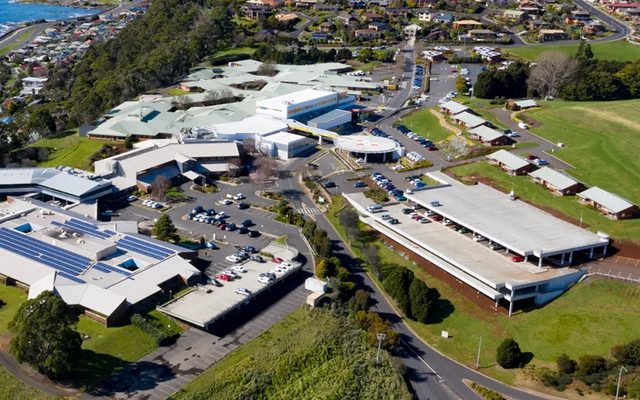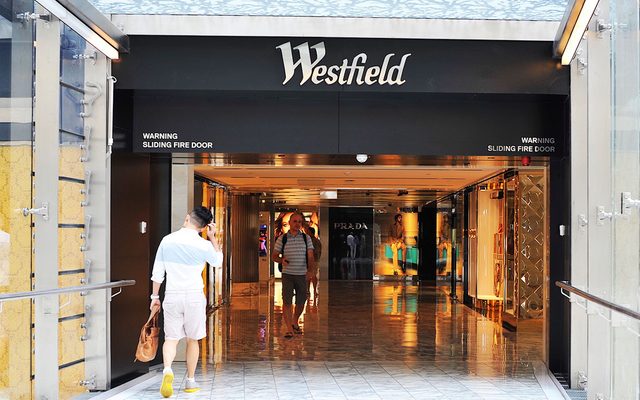This article is from the Australian Property Journal archive
MIRVAC (ASX: MGR) delivered a loss for FY23, although solid earnings growth from investments and capital partnerships largely offset weakness in the development business, but analysts expect the diversified property group will pursue further non-core asset sales in the year ahead.
Over the full year ending 30 June 2023, Mirvac posted a statutory loss of $165 million, down 118% on the statutory profit of $906 million in FY22.
Mirvac delivered an operating profit after tax of $580 million in FY23, down 3% on FY22’s $596 million. With an EBIT of $767 million, down 1% from FY22’s $596 million.
This after Mirvac’s interim operating profit lifted 3% on the prior corresponding period to $305 million, in former CEO and managing director Susan Lloyd-Hurwitz’s last result with the group.
The group posted a full year distribution of $414 million, representing distributions per security of 10.5 cpss, up 3% on FY22.
With operating earnings per security of 14.7 cpss, down 3% on FY22 and net tangible assets of $2.64, down 5% on FY22.
Mirvac also increased third-party capital under management to $17.1bn, up 64% on FY22.
“We delivered on our key strategic priorities, despite a challenging economic backdrop,” said Campbell Hanan, group CEO and managing director at Mirvac, who was announced as Lloyd-Hurwitz’s successor last October.
“We established new build-to-rent and industrial ventures with aligned partners, increased our third-party capital under management to $17.1bn, and maintained a healthy balance sheet, underpinned by non-core asset sales and a disciplined focus on capital allocation.
Mirvac’s investment portfolio faced revaluation declines, down 5.6% for the office portfolio and 5.3% for retail, partially offset by positive industrial revaluations of 6.2%.
Across its office, retail and industrial portfolio, the group successfully leased circa 223,400sqm, across 376 leasing deals, up circa 110%.
Cash collection stabilised at 99%, with portfolio occupancy at 96.9% down from 97.3% in FY22, with a WALE of 5.2 years.
Commercial and mixed-use delivered an EBIT of $120 million, up 14% from FY22.
“Our diversified, integrated model remains a critical point of difference and continues to drive value for our securityholders,” added Hanan.
“We achieved positive leasing success within our investment portfolio, now 97 per cent leased, and made good progress on our development pipeline, which included the completion of LIV Munro in Melbourne and partial completion at Switchyard Industrial Estate in Sydney.”
In its residential portfolio, Mirvac settled 2,298 residential lots and exchanged 1,638 lots across apartments and masterplanned communities, which was in line with its revised settlement target of circa 2,200 lots.
This was impacted by the high interest rate environment, though pre-sales were still up to $1.8 billion from $1.6 billion in FY22.
Mirvac residential delivered an EBIT of $156 million, down 34% from FY22’s $236 million EBIT.
“We also delivered slightly above our revised residential lot settlement guidance, and continued to see good sales momentum as the medium-term outlook improves, particularly for our apartments projects as they reach final stages of completion,” said Hanan.
“Our focus on growing our relationships with aligned capital partners and selectively deploying capital across our development pipeline will ensure we remain resilient into the future.”
Moody’s Investors Service’s senior vice president Matthew Moore said the result was in line with expectations.
“The company delivered a solid operating performance, with earnings growth from the investments and funds segments largely offsetting a weaker result from the development segment.
“The weakening of key financial metrics in the period is credit negative. However, we expect further proceeds from the group’s asset sales program, which, with some assets already under contract and higher residential settlements expected in fiscal 2024, should allow Mirvac to maintain credit metrics in line with our tolerance levels and reduce gearing towards the lower end of its target range,” he added.
“Despite Mirvac’s lower operating earnings guidance for fiscal 2024, which incorporates higher interest costs, we expect group EBITDA to be slightly higher as development earnings, particularly from residential, outpace lower earnings from investments. This demonstrates the benefits derived from Mirvac’s portfolio diversity, comprising high-quality investment properties and development offerings.” Moore said.
Balance sheet gearing was at 25.9%, within the group’s target range of 205 to 30%, with availability liquidity exceeding $1.3 billion.
Weighted average debt maturity was at 5.0-years, with debt 60% hedged and average borrowing costs increased to 5.4% as at 30 June 2023.
Operating cash flow was in the negative, at -$57 million, down 106% from FY22’s $895 million.
Mirvac is targeting operating earnings in FY24 of 14.0 to 14.3cpss and distributions of 10.5cpss.
“While high inflation and interest rates continue to place pressures on our operating environment, our integrated model ensures that we are well positioned to continue to execute our urban strategy and deliver returns for securityholders,” concluded Hanan.




